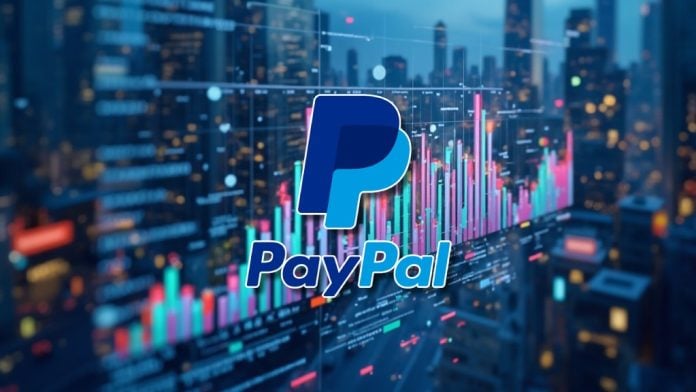PayPal has unveiled an innovative solution that is set to change the way small businesses approach advertising and consumer insights. With the introduction of its Transaction Graph Insights and Measurement program, brands can now access a comprehensive view of shopper behavior across multiple platforms, moving beyond the limited data often provided by traditional advertising metrics such as clicks and impressions.
The growing complexity of consumer behavior in today’s digital landscape means that marketers often struggle to connect the dots in their advertising strategies. The new Program aims to address this gap by leveraging PayPal’s extensive transaction data, which encompasses over 430 million consumer accounts and millions of merchant activities. This allows businesses to understand purchase patterns in real-time, empowering them to engage with high-intent shoppers more effectively.
For example, imagine a customer interested in purchasing "the best running shoes for a marathon." They might explore various retailers, compare prices on marketplaces, seek AI recommendations, and read reviews before making a final purchase. Traditional ad platforms typically capture fragments of this journey, leaving brands without the whole picture. In contrast, PayPal can track the entire customer experience from search to purchase, enabling businesses to understand true conversion paths and the effectiveness of their advertising spend.
Mark Grether, Senior Vice President and General Manager of PayPal Ads, emphasized the importance of this comprehensive data in a statement: "The era of the empowered shopper demands advertising solutions built on real commerce data, not modeled intent." He highlighted that PayPal’s unique position, unlike platforms confined to their own ecosystems, delivers insights that show which campaigns genuinely drive sales, rather than just generating clicks or impressions.
One early adopter of the Transaction Graph program, Ulta Beauty, has reported a 20% increase in transaction spending via PayPal during their campaign, thanks to targeted outreach to a high-intent beauty audience. Their advertising efforts yielded measurable gains, with an impressive 136% increase in brand favorability—indicative of the significant impact that informed advertising can have.
Small businesses can benefit from the program’s two main features. First is Transaction Graph Insights, an interactive analytics tool that visualizes customer shopping journeys across different merchants. This can help businesses tailor their marketing strategies based on specific consumer behaviors.
The second feature, Transaction Graph Measurement, is built from the ground up to utilize PayPal’s verified transaction data. This first-party measurement suite provides businesses with insights that inform campaign reporting, attribution, and performance incrementality, helping to ensure that every marketing dollar is working as hard as possible.
Additionally, PayPal has initiated a Transaction Graph Measurement Partnership Program, giving brands access to independent campaign validation through a certified list of third-party partners, such as AppsFlyer and Kantar. This transparency fosters trust and ensures that marketing efforts are accurately assessed.
However, while the insights provided by PayPal’s Transaction Graph promise clear advantages, small business owners should still consider potential challenges. The need for careful data management and an understanding of how to interpret insights could require additional resources or training. The competitive landscape demands that businesses adapt quickly to leverage such advanced analytics effectively.
As PayPal continues to roll out these capabilities, currently available for U.S.-based programs and set to expand to the United Kingdom and Germany, brands looking to enhance their advertising strategies have a compelling opportunity at hand. By tapping into these cross-platform insights, businesses not only stand to improve their marketing effectiveness but also to gain a more profound understanding of their consumer base.
For more information on how to access these consumer insights and to see a personalized demonstration of shopper behavior patterns, small business owners can visit PayPal’s advertising page. The developments from PayPal represent a significant stride toward data-driven advertising, and it is an opportunity that many small businesses may not want to overlook.
To learn more, visit the original release: PayPal Newsroom.
Image Via BizSugar



